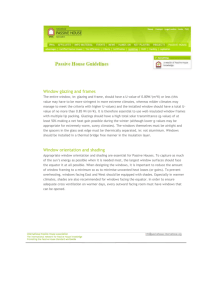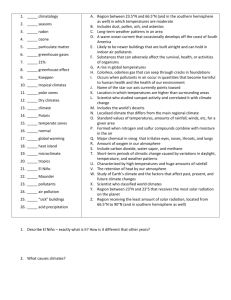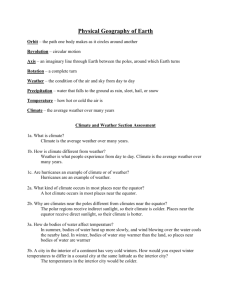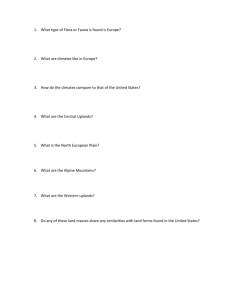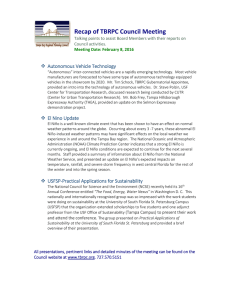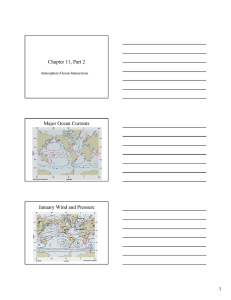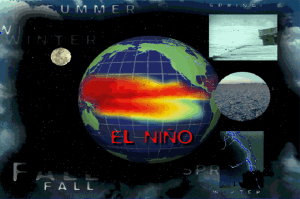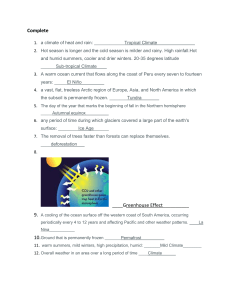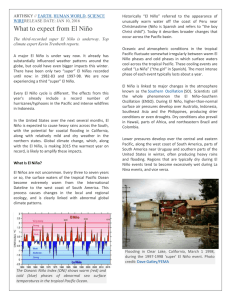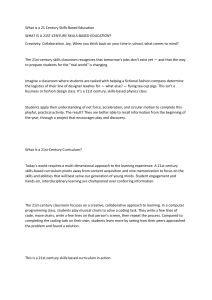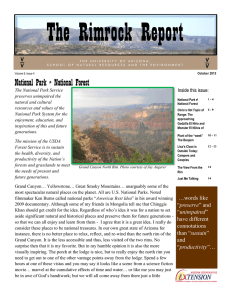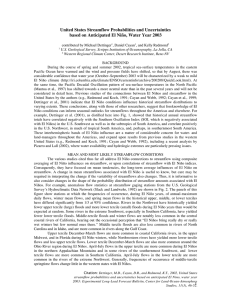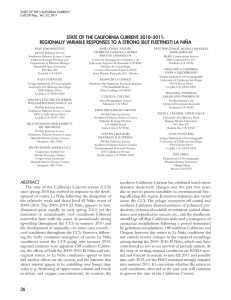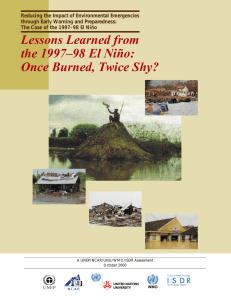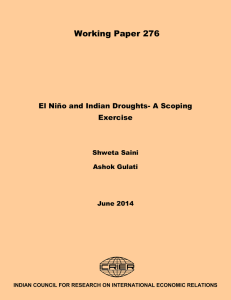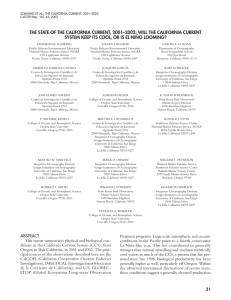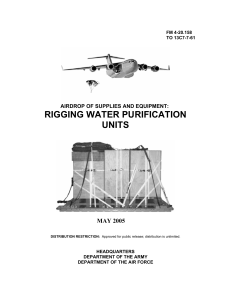Dave slides5 part 2
advertisement
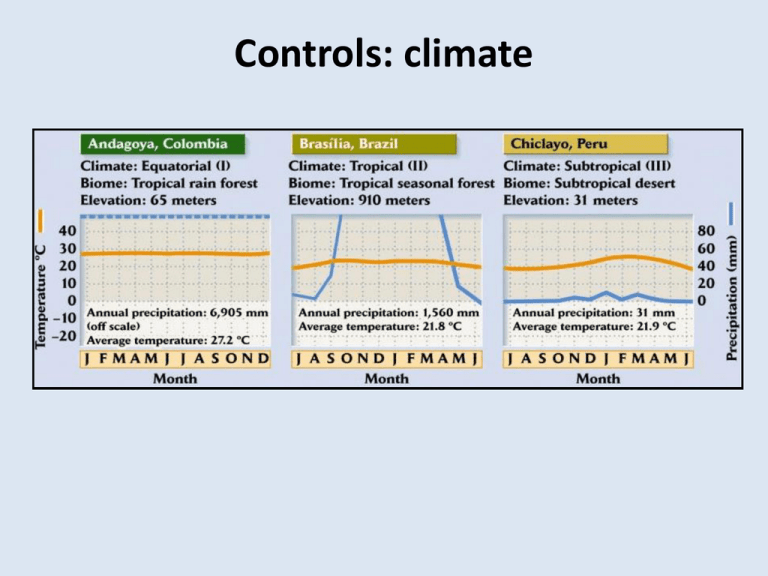
Controls: climate Controls: soils, parent material Controls: topography Controls: disturbance Controls: humans Self-scouring, steel-bladed plow <0.01% of pre-settlement prairie in Illinois remains Controls: herbivory Controls: microclimate Controls are not constant; they have changed through time For example: • • • • Continental drift Mountain building and rain shadows Climate change Human alteration to land cover; greenhouse gas emissions Biomes during last glacial maximum Trees following last glacial maximum Latitudinal movement of the solar equator causes seasons Solar equator moves seasonally Seasonal cycles in temperate lakes Variation in temperature generates winds. Winds drive ocean currents, which redistribute heat and moisture. clockwise counterclockwise upwelling Upwelling currents bring cold, nutrient-rich water to the surface & lead to high productivity Effects of El Niño on climate Effects of El Niño on crop production Stronger El Niño events in recent decades Fundamental niches and climatic envelopes for hypothetical 20th- and 21st-century climates • Shifts in distributions (1-3) • Community disaggregation (1 & 3) • New communities (2 & 3) • Extinction (4) Williams et al. 2007. PNAS. Maps of novel 21st-century climates and disappearing 20th-century climates 12-39% 4-20% 10-48% 4-20% Assumes no dispersal limitation; w/ disperal limitation the %s approx. double Williams et al. 2007. PNAS. Summary • Ecosystems are complex, resulting from many interacting factors • Ecosystems and their controls are not constant; they have changed through time • Humans now have a dominant influence on Earth’s climate and ecosystems • The present helps us interpret the past and anticipate future changes


